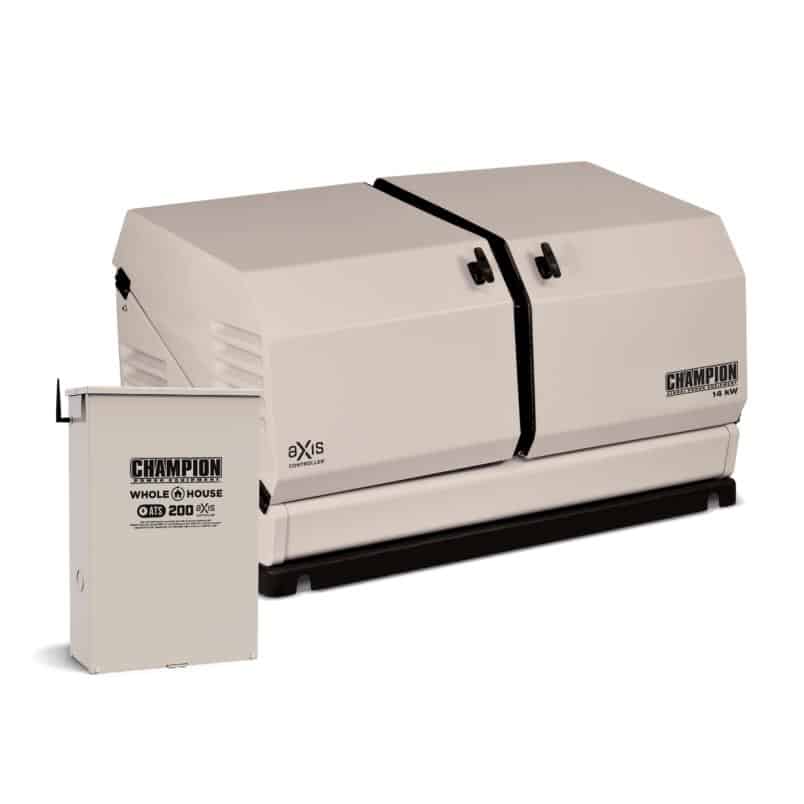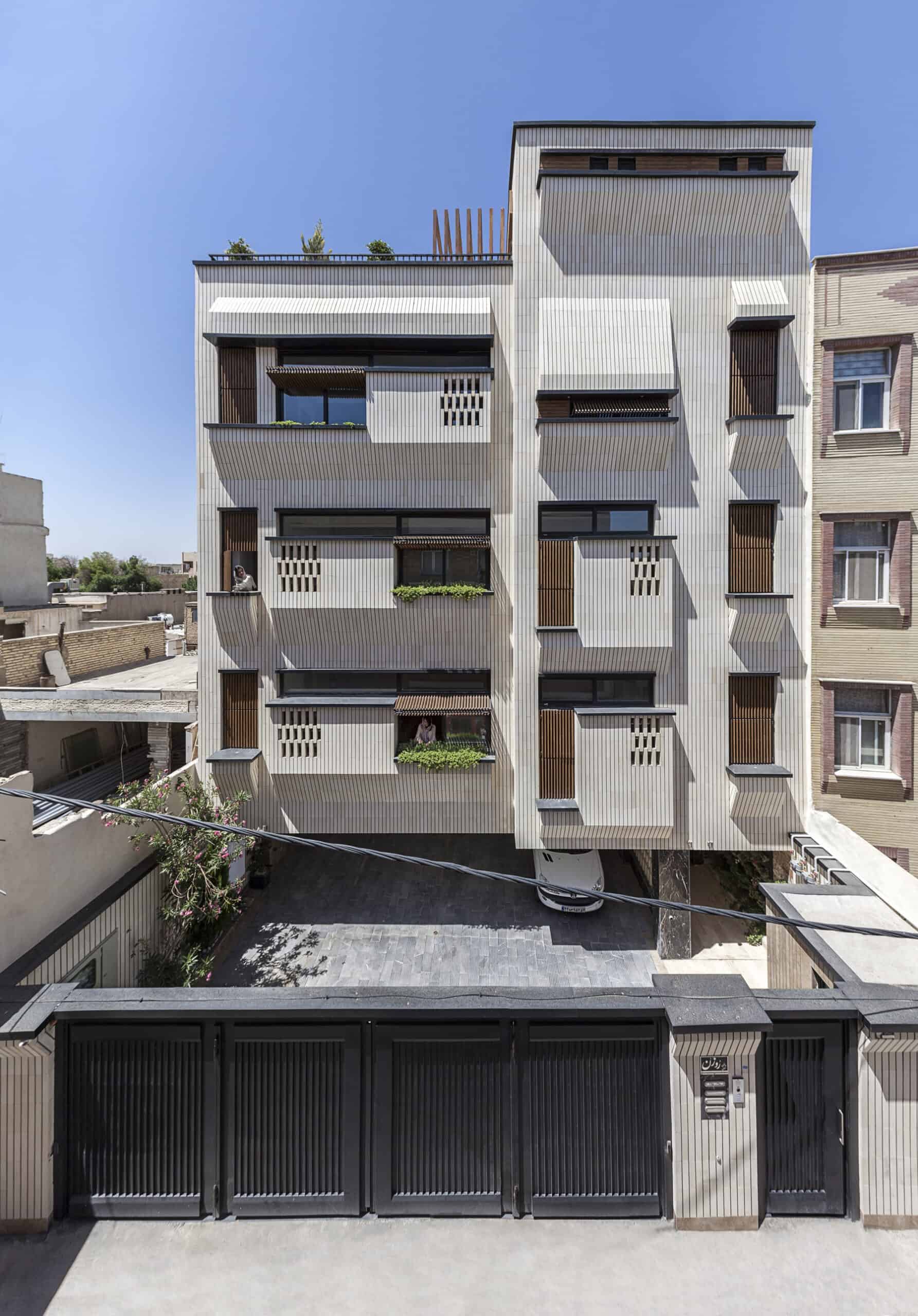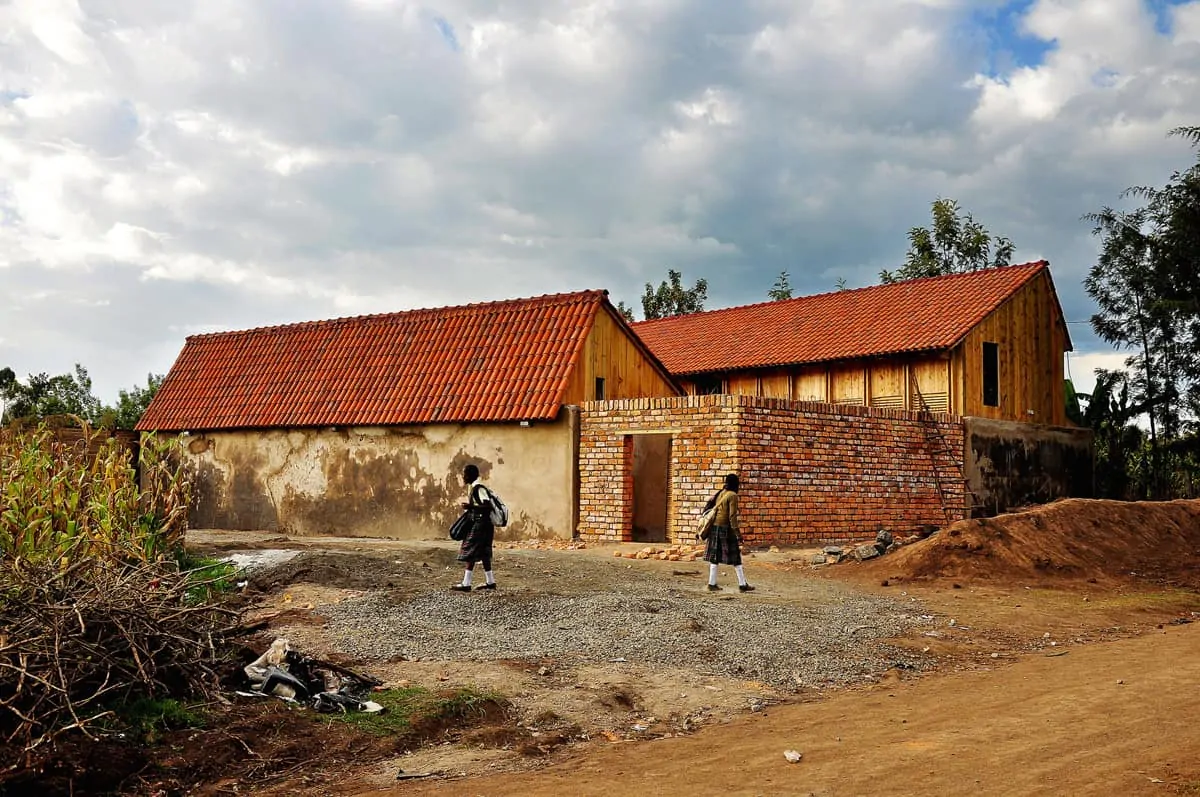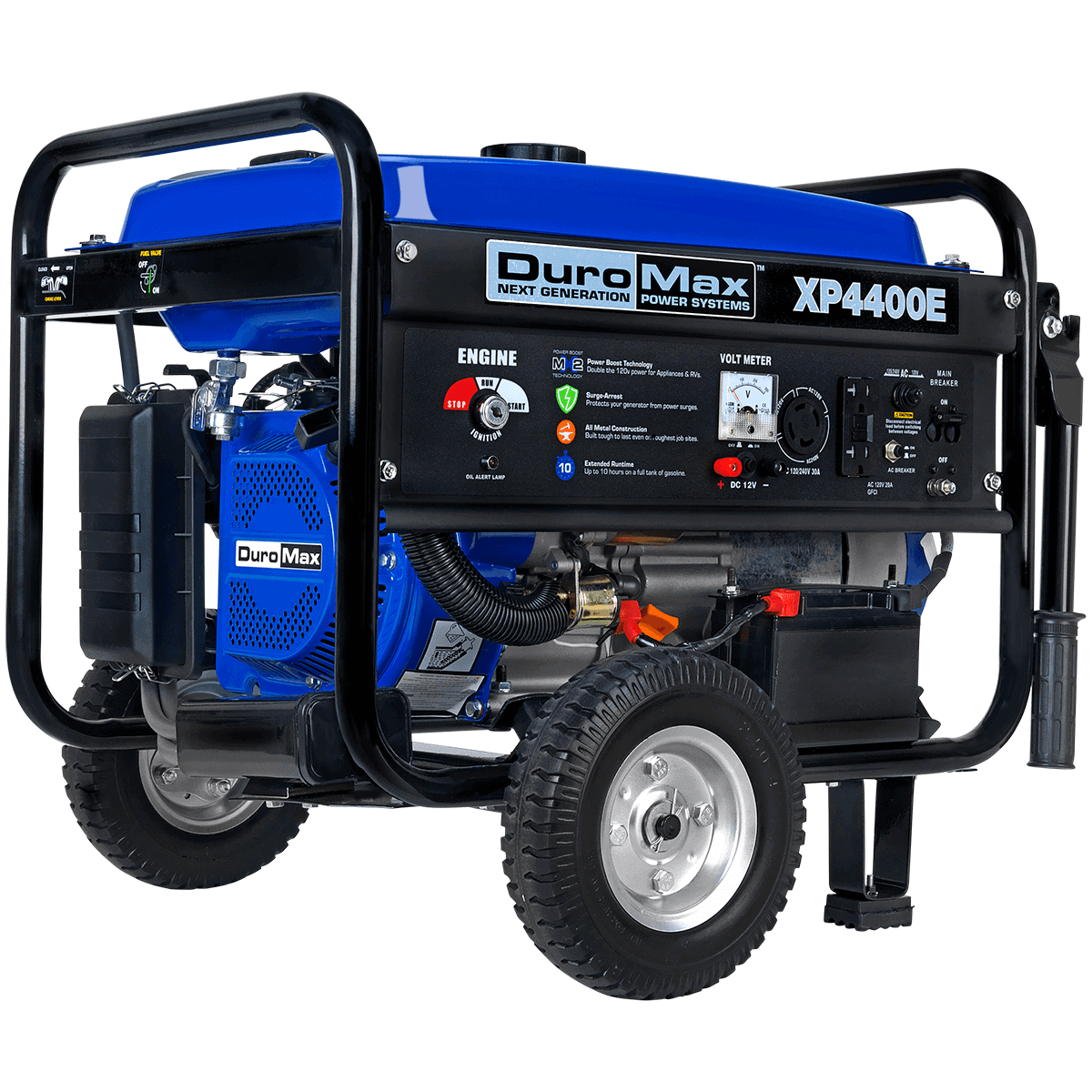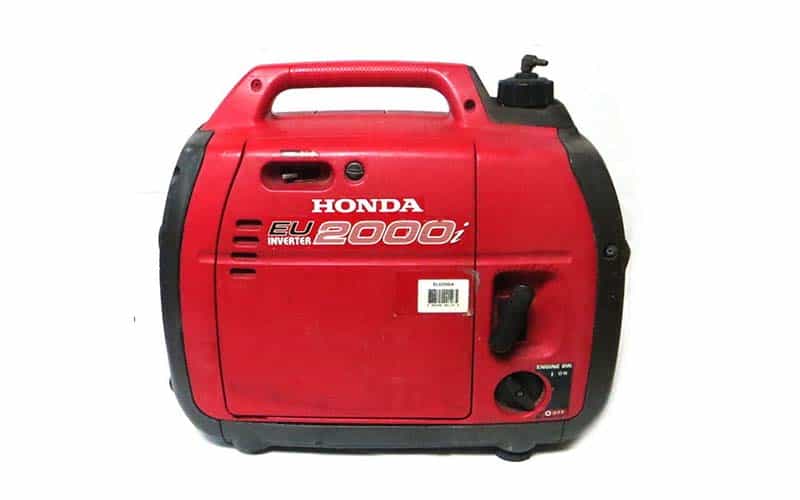There are many ways to power up your house during a power outage. Hooking up a portable generator is one of the most efficient methods to bring back life into your house in case of an outage. Power outages come out of nowhere and are sometimes unavoidable. In some instances, you will realize that you need more portable generators to supply the house sufficiently. Therefore, what size generator for 200 amp service does your house need to supply power during a power outage?
What is a 200 Amp Service?
A 200 Amp service allows 200 amps of electricity through to service the needs of a house. Different houses have different utilities and hence require different amounts of electricity. For example, a house with a swimming pool that needs heating, 20 rooms with air conditioning, bathrooms each with a water heater, and more utilities will need a service panel with more wattage passing through. However, a typical house will work sufficiently with a 200 amp service panel because the incoming power will run the utilities in the whole house perfectly.
Every circuit has a voltage rating right next to the breaker slot in the panel that you can look at to be sure about the rating for your amp service and how much wattage will pass through it. As we had established, the appliances in the house determine the maximum amount of wattage you will need.
What Size Portable Generator for 200 Amp Service do I need?
The simple answer is; the 15-20Kw generator.

When there is a blackout, you need a portable generator size that can handle the daily workings of a standard household. Once you know how many watts a household needs, you will know exactly which generator to go for; in this case, you will need a standby generator worth about 15-20 kilowatts. Above that range would suit a 400-watt service panel that normal households do not run. A 15-kilowatt portable generator size is enough to keep you going.
How Do I Know the Electrical Load?
Before buying a standby generator, you need to know how much power will come out of the automatic transfer switch when making a change. The appliances in your house determine the electrical load, and the portable generator should withstand the power consumption during a power outage. A utility company will always provide a meter that suits the incoming amperage, and therefore, the service panel will always get the correct amperage for the house. The function of the service panel is to distribute the power. However, how many watts are to be distributed is something you need to know. Here is how;
The first thing you need to do is multiply the square footage of the total living area by three watts.
The next step is to add 1500 watts for every kitchen appliance circuit as the portable generator will need to take care of those.
Add 1500 watts for the laundry room circuit unless you plan to skip laundry every time there is a blackout.
Add wattages for all the appliances on their circuits. These can include the air conditioner, the electric range, the electric stove, heat pumps, electric dryer, and any other appliance running wattage that you know of.
Add all these wattages to get how many amps the portable generator will need. The first 1000 watts will be added at 100%, and the rest will be calculated at 40%.
Remember to add the wattage of the ac unit and the or the heating unit
The final figure you get is divided by 230 to give you the amperage you need.
What Amp Transfer Switch do You Need?
Whether you are using an automatic or a manual transfer switch, you need to route the system from the grid to the portable generator. An average home can use a manual transfer switch. However, a large establishment with a commercial application or larger families with bigger houses and demands such as a large well pump and larger loads will require an automatic transfer switch. The general rule is to get a matching amp transfer switch that matches the amperage of the service panel.
If you are unsure about the transfer switch you need and whether your major appliances pass for large loads, you can consult a licensed home inspector to help you choose the right generator and transfer switch. Professionals should conduct home inspections if you want smooth running or transitioning of the portable generators. Most generators will not let you down. However, if your approach is not calculated, your fuel economy will not be on point.
How to Choose a 200 Amp Generator
Choosing portable generators in preparation for power outages can be a little daunting, especially when you want to use all the appliances in your house during a blackout. Some generators have a load management system that will keep some appliances away when the ability to supply power is exceeded. You do not have to buy a generator size that matches a massive house. You can have a sub-panel with only the specific loads needed when the power goes out. That being said, here are some sure ways to choose a generator that will suit your house.
a) Circuit Breaker Slot
Buying a small or large generator does not dismiss the fact that not all home appliances are suited for running by generators of a certain size. Whether you use a standby generator or a portable generator, it needs to have a circuit breaker slot to protect the generator in case of an overload. The load management system exists for the same reason. However, a single-pole breaker that fits in the one breaker slot will work efficiently and timely.
However, you can not count on relying only on the load management system and take your chances with having a direct connection. The other way to protect the generator is by having a separate panel for only the right appliances during a power outage. However, if you have a 200 amp service panel, you do not have to worry about overloading the generator.
b) Large Fuel Tank
Power outages are mostly unplanned and uncertain. Unless the power outage is frequent and chronic, you can never know when the power will be back. If it is cold, or the next gas station is miles away, you need a large fuel tank to keep the generator running for a long period. If you have to use electric heat that will dent the fuel economy, your next best bet is to have a large fuel tank.
A large fuel tank will make the functioning a bit more seamless regardless of whether the generator is single-phase or not. The generator can run on natural gas and liquid propane. Just ensure you have enough of either to run the full load in your home system right from the hair dryer to the pool heater or the good pumps.
c) Total Harmonic Distortion Feature
When you have sensitive electronics, you will need a generator installed with the THD. The THD will protect the sensitive electronics by powering up slowly to avoid damage. Damages can occur because of the difference in sine waves of the DC or AC power sources. The serving size is a factor when picking generators. However, some appliances will always fall in items any generator can support.
d) Low-Tone Mufflers
A low-tone muffler will ensure that the noise is kept down as the generator is running. If ever you ask, "what generator do I need," the first answer should be a quiet one. A quiet generator will make everything as perfect as can be, and your house will be running as though there is no outage. The quietest generators are the most in-demand in the market today.
e) Phase
Buying a three-phase generation will be more useful than a single-phase generator because of the wide array of functions you can perform with the three-phase generator. For example, when there is a blackout, you need the lights and other necessary appliances, like the fridge or the range. Just ensure you get a portable one while at it. Contact your certified master inspector to help you get the right size transfer switch.
f) Build-Quality
You want a generator that is easy to move around at any given time. Foldable handles and wheels are a good way to start. The generator better have wheels if you are alone because you will not carry it on your back. The generator should have more than two outlets to make the work easier and give you options.
Final Take
In simple terms, you need a 15-20 kilowatt generator for your 200 amp service panel. Once you have narrowed down on this, all you need to do is look at the generator's specifications that fit your needs.

